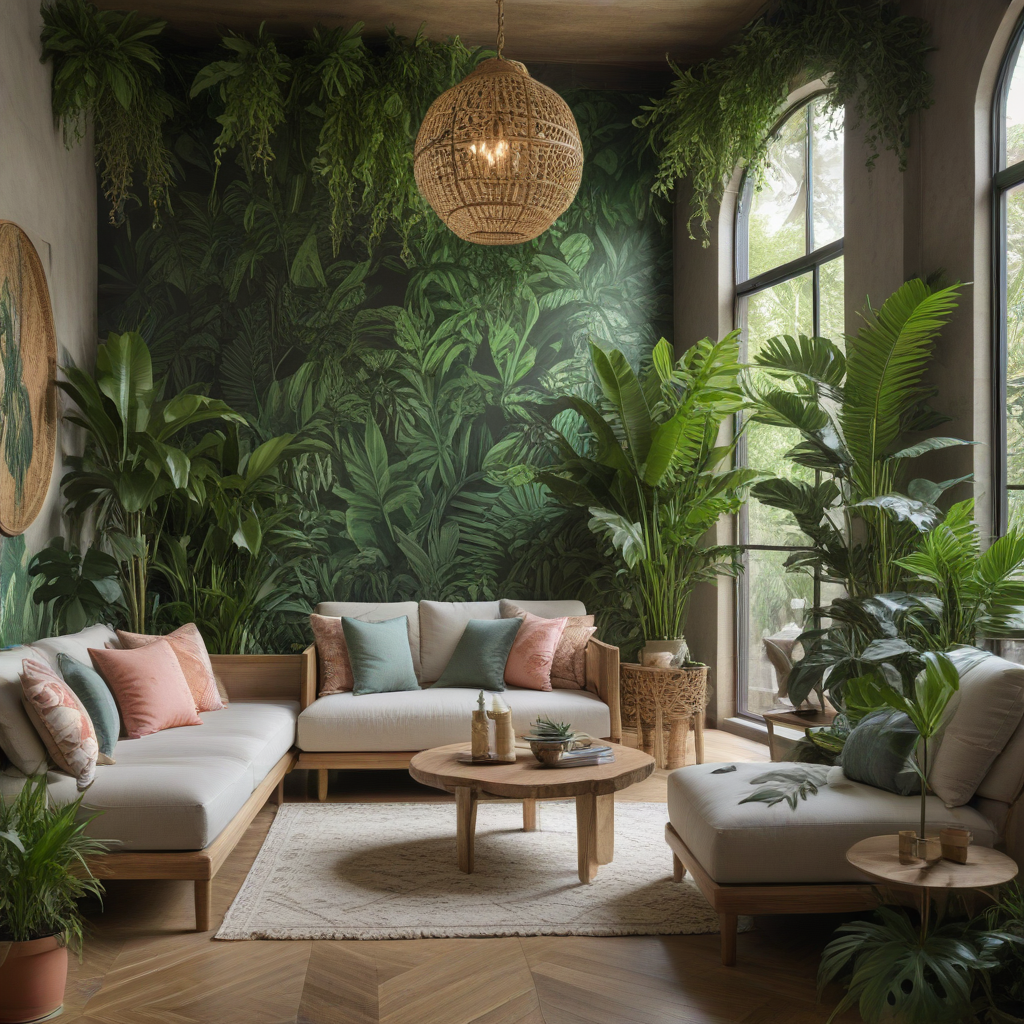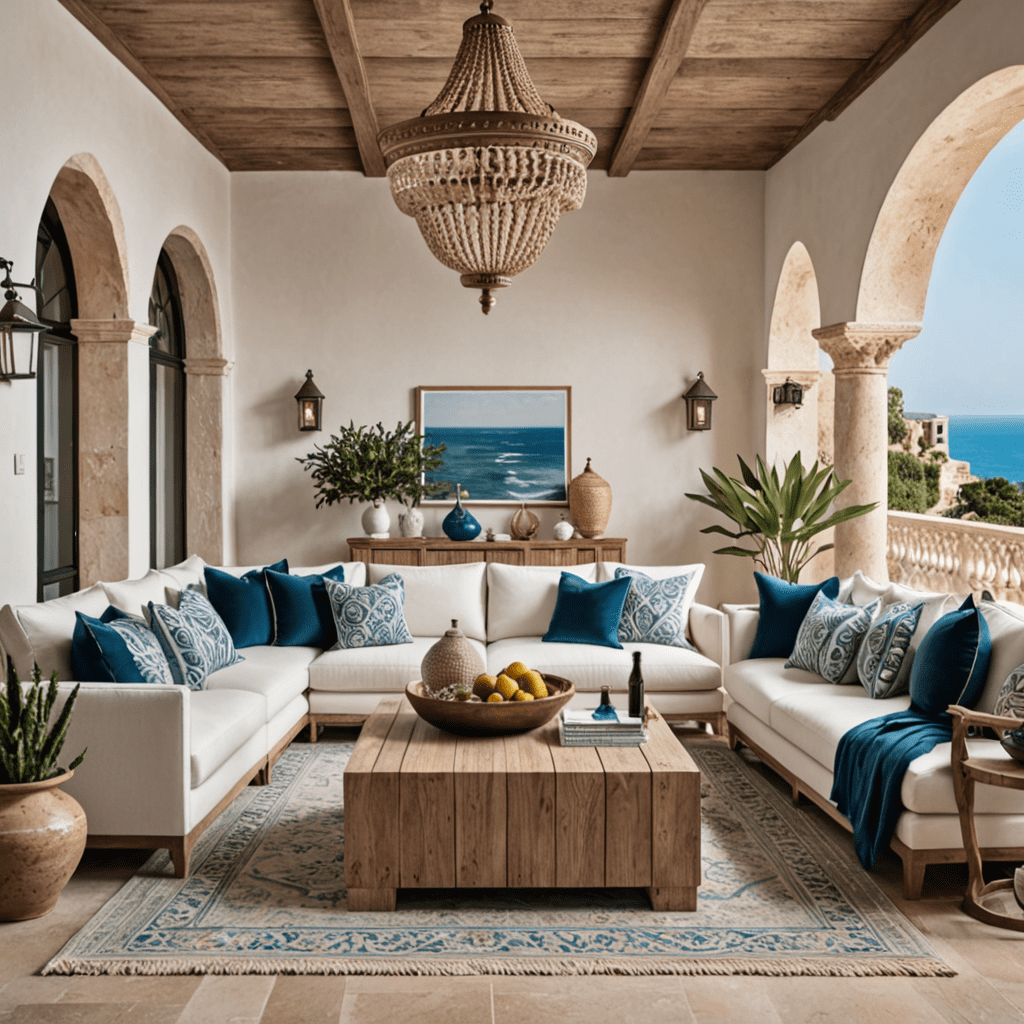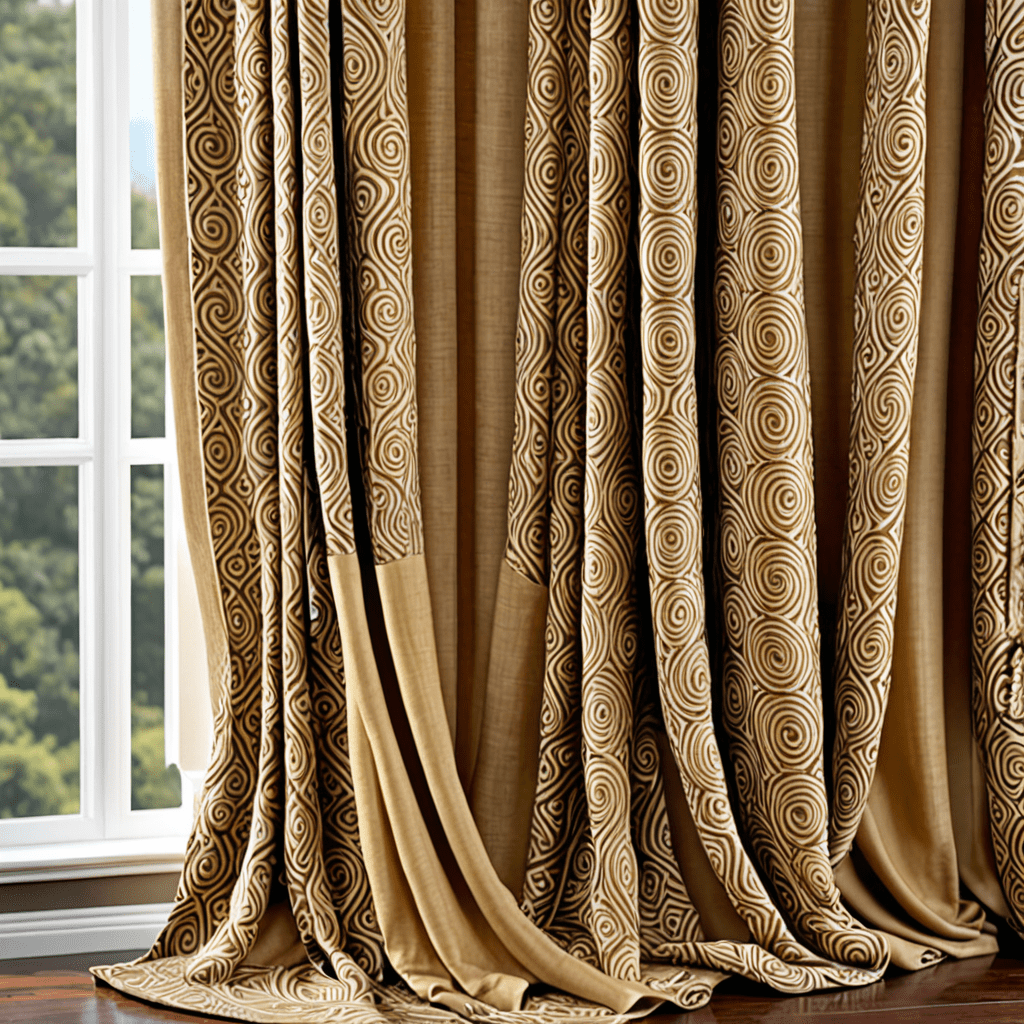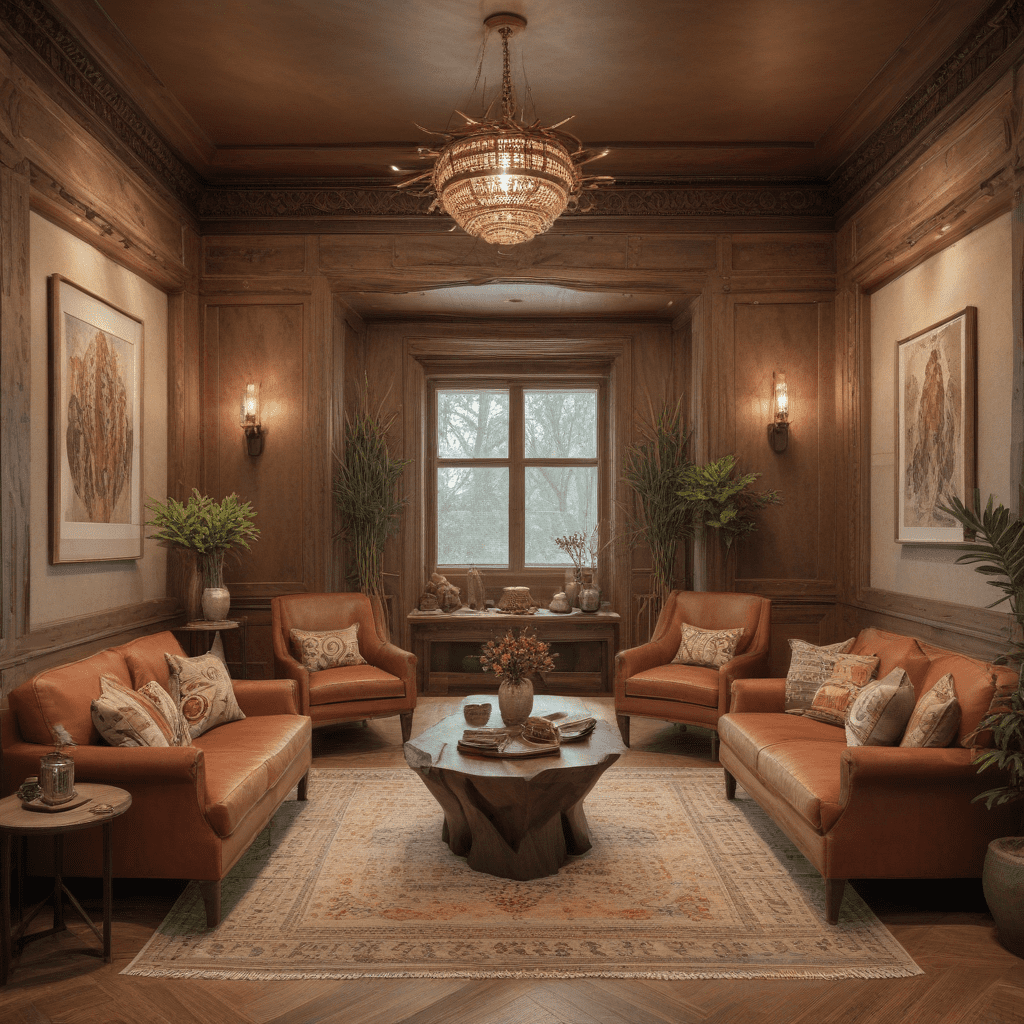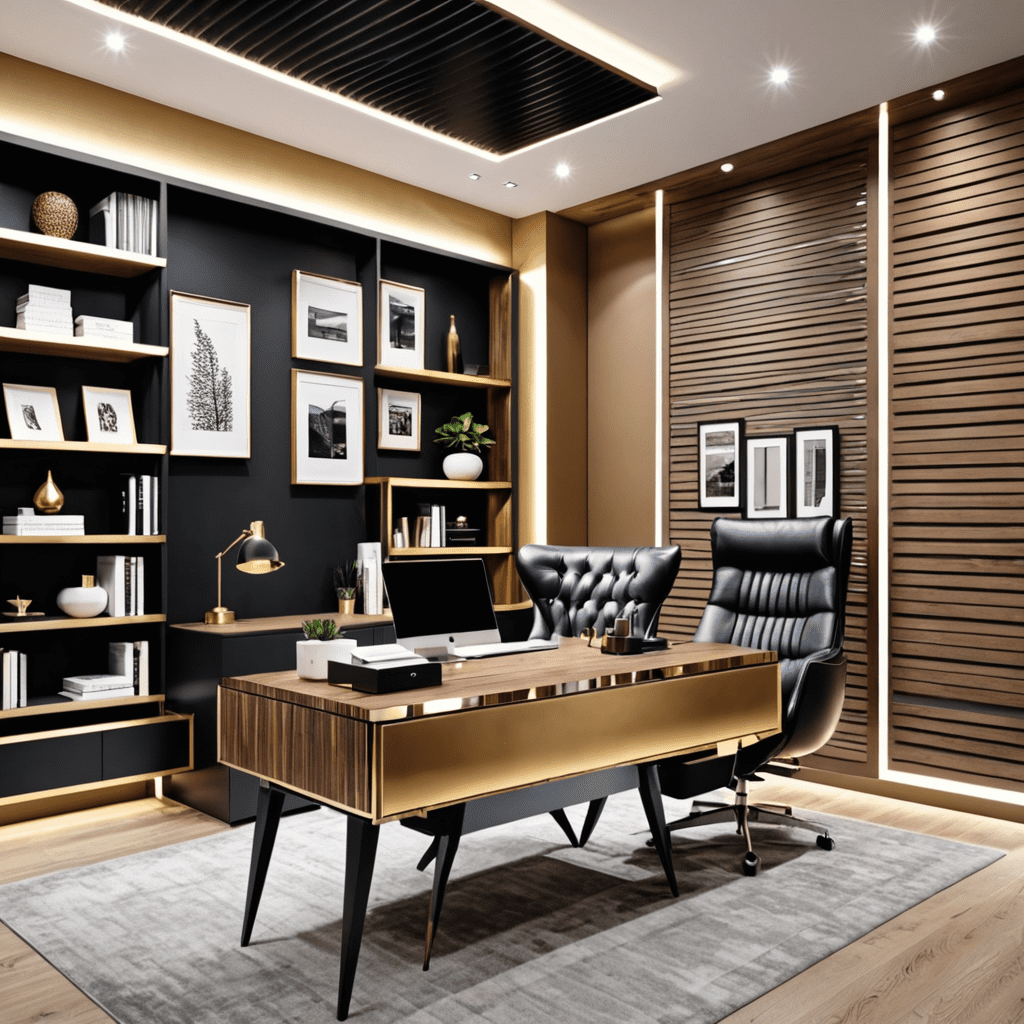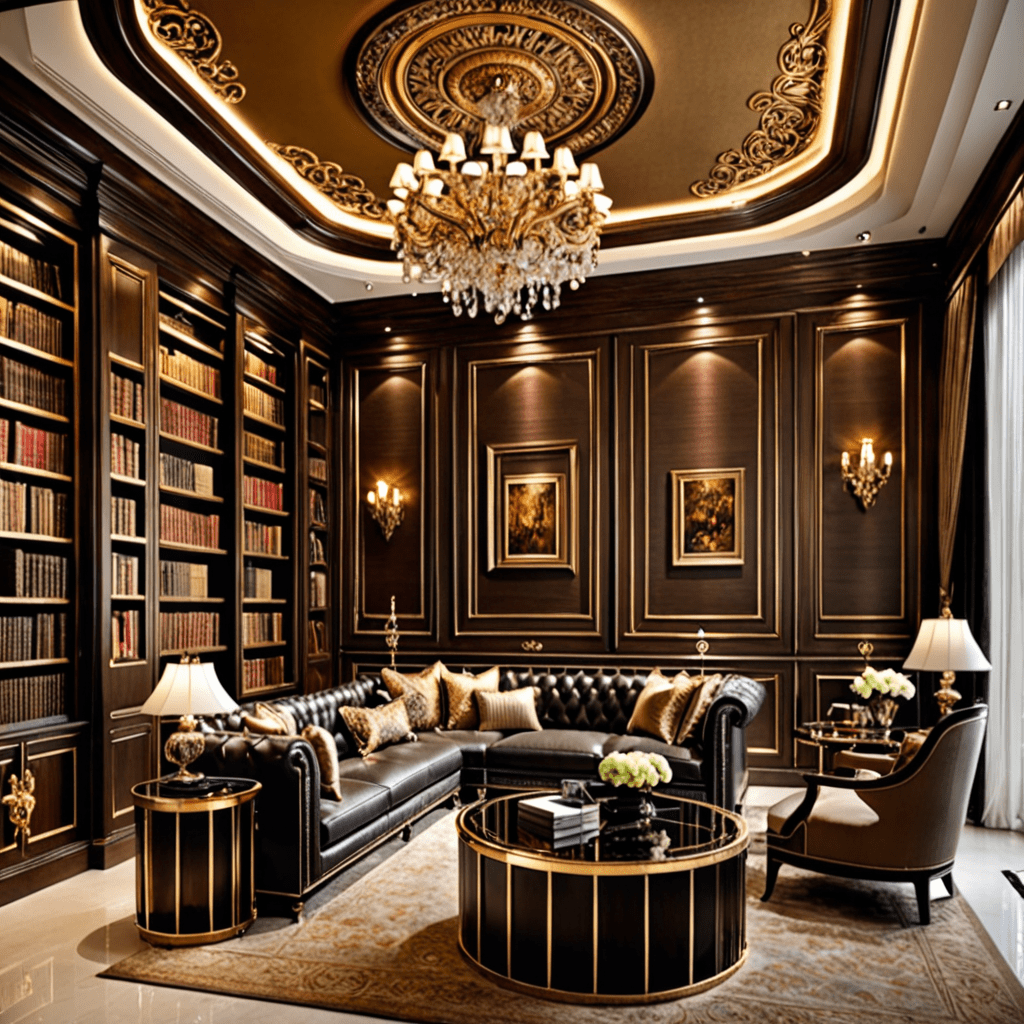Feng Shui tips for your home
Introduction
When it comes to creating a comfortable and aesthetically pleasing living space, interior design plays a crucial role. It is not just about adding beautiful furniture or selecting the right colors; it’s about creating an environment that reflects your personality, enhances the functionality of the space, and promotes a positive energy flow. In this article, we will explore key elements of interior design and provide practical tips for choosing furniture and incorporating art and decor to transform your home into a harmonious sanctuary.
Key Elements
Color Palettes
Color has the power to influence our moods and emotions. It is important to choose a color palette that aligns with the purpose of the room. For example, cool tones like blues and greens create a calming effect, making them ideal for bedrooms and bathrooms. On the other hand, warm tones like yellows and oranges can add energy and vibrancy to living areas. Be mindful of the psychology behind colors and select hues that resonate with you.
Furniture Arrangement
The way furniture is arranged in a room can significantly impact its functionality and flow. Consider the purpose of the space and the activities that will take place in it. Arrange furniture in a way that allows for easy movement and conversation. Create distinct areas within a room by grouping furniture pieces together. For example, in a living room, position sofas and chairs in a way that encourages interaction and creates a cozy gathering space.
Lighting
Lighting plays a crucial role in setting the mood and ambiance of a room. Natural light is always preferred, so make the most of windows and allow sunlight to flood in. Supplement natural light with artificial lighting that is well-balanced and adjustable. Task lighting is essential in work areas, while ambient lighting can create a warm and inviting atmosphere. Consider using a combination of overhead lights, floor lamps, and table lamps to achieve the desired effect.
Accessories
Accessories are the finishing touches that add personality and style to a space. They can include items such as artwork, rugs, throw pillows, and plants. When selecting accessories, ensure they complement the overall design and color scheme of the room. Use them strategically to create focal points and add visual interest. Be mindful of scale and proportion to avoid a cluttered look. Remember, sometimes less is more, so choose accessories that truly resonate with you.
Tips for Choosing Furniture
1. Consider Size and Scale
Before purchasing furniture, measure the space available and consider the scale of the room. Oversized furniture can make a small room feel cramped, while small furniture in a large room may appear out of proportion. Strike a balance and choose furniture that fits the space comfortably.
2. Determine Style and Theme
Decide on a style or theme that aligns with your personal taste and the overall aesthetic of your home. Whether it’s modern, traditional, rustic, or eclectic, ensure that the furniture you select complements the chosen style. Consistency in style adds harmony to a space.
3. Evaluate Functionality
Consider the functionality of the furniture. Will it serve the purpose you have in mind? For example, if you are selecting a sofa for a living room, determine if it provides the comfort and seating capacity you require. If you need storage, opt for furniture pieces with built-in compartments or shelves.
4. Quality and Durability
Invest in well-made furniture that will withstand the test of time. Look for materials and construction that are sturdy and durable. Quality furniture may be more expensive upfront, but it can save you money in the long run by not needing frequent replacements.
Incorporating Art and Decor
1. Choose Artwork that Speaks to You
When selecting artwork, choose pieces that resonate with your personal taste and evoke emotions. Art is a powerful way to express your individuality and add character to a room. Consider the size and scale of the artwork in relation to the wall space available. Large-scale pieces can be impactful as focal points, while smaller pieces can be grouped together to create a gallery wall.
2. Create Balance with Decorative Items
Decorative items such as vases, candles, and sculptures can enhance the ambiance of a room and add visual interest. However, it’s important not to overwhelm the space with too many accessories. Choose items that complement the overall design and color scheme, and create balance by distributing them throughout the room. Remember, negative space can be just as important as filled space.
3. Display Items with Intention
Be intentional with the way you display your art and decor. Consider the height at which items are placed and the visual impact they have from different angles. Create focal points by highlighting certain items or arranging them in a visually appealing manner. Experiment with different layouts until you find the arrangement that best suits the space.
In conclusion, interior design is about more than just aesthetics; it is about creating a space that reflects your personality, enhances functionality, and promotes positive energy flow. By understanding key elements of interior design, such as color palettes, furniture arrangement, lighting, and accessories, you can transform your home into a harmonious sanctuary. Remember to choose furniture that complements the space in terms of size, style, and functionality. Incorporate art and decor strategically to add personality and visual interest. With these tips in mind, you are well on your way to creating a beautiful and inviting home.
